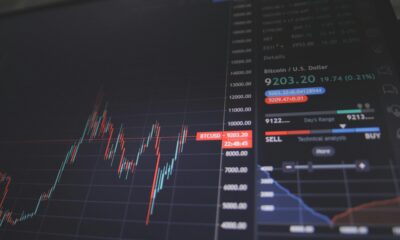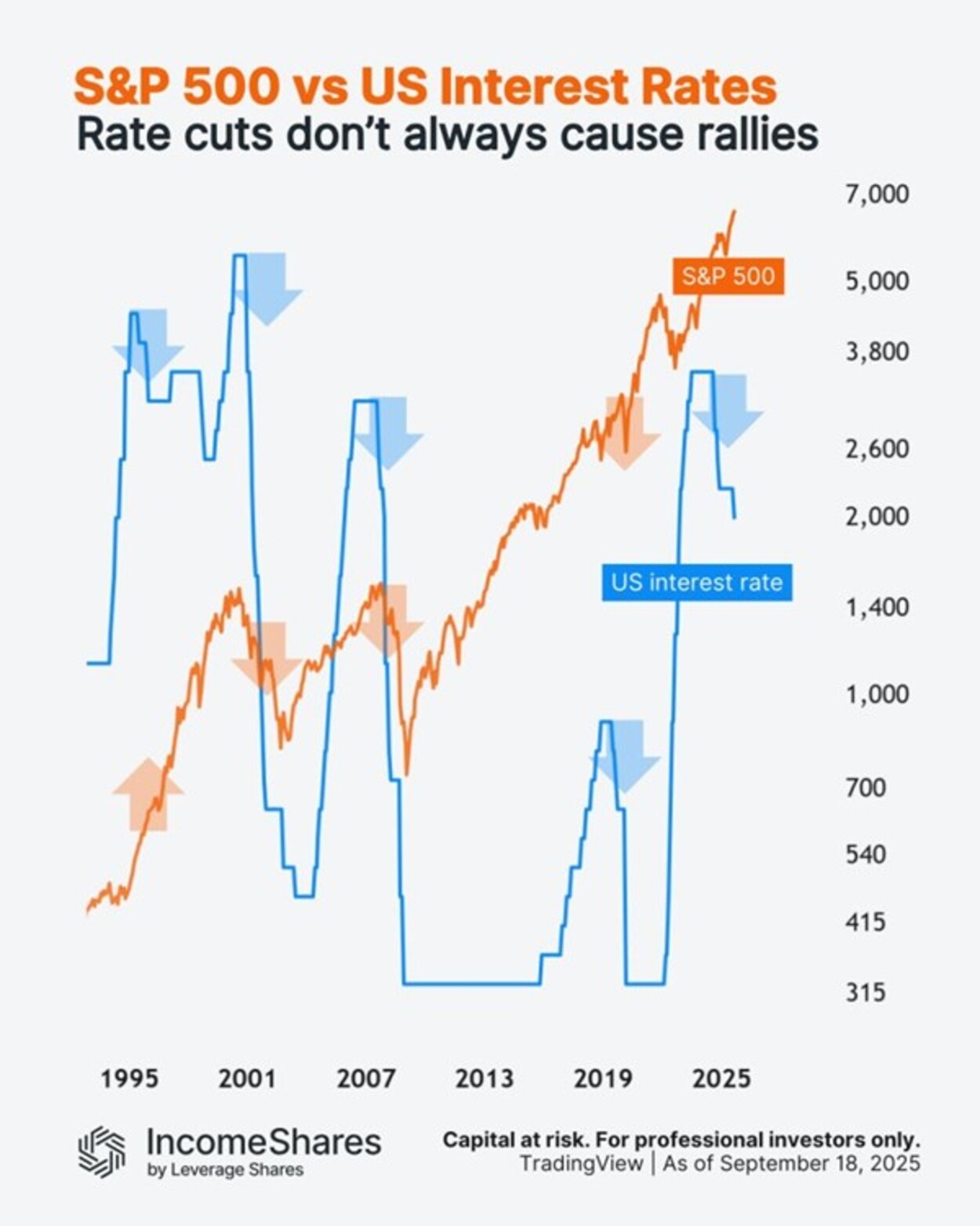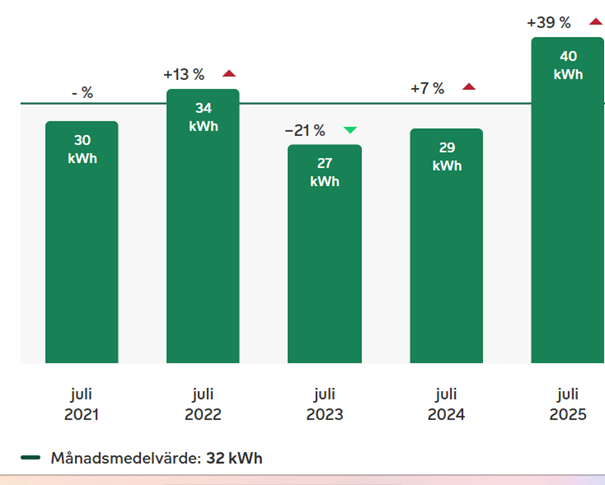Grundläggande investeringsgrunder inkluderar att förstå skillnaden mellan en indexfond och en börshandlad fond eller ETF. För det första anses ETF vara mer flexibla och bekvämare än de flesta fonder. ETF kan handlas lättare än indexfonder och traditionella fonder, precis som vanliga aktier handlas på en börs. Dessutom kan investerare köpa ETF i mindre storlekar och med färre hinder än fonder. Det finns emellertid likheter mellan ETFer och indexfonder också.
Indexfonder
Indexfonder är fonder som representerar ett teoretiskt segment av marknaden. Detta kan vara stora företag, små företag eller företag åtskilda av branschen, bland många alternativ. Det är en passiv form av investering som anger regler för vilka aktier ska inkluderas och sedan spårar aktierna utan att försöka slå dem. Indexfonder är inte investerbara.1
Människor som är intresserade av att investera i en indexfond kan i allmänhet göra det genom en fond som är utformad för att efterlikna indexet.
Börshandlade fonder
ETF:er är korgar med tillgångar som handlas som värdepapper. De kan köpas och säljas på en börs, precis som vanliga aktier, i motsats till fonder, som bara prissätts i slutet av dagen.
Andra skillnader mellan ETFer och indexfonder avser kostnaderna. Vanligtvis finns det inga transaktionskostnader för aktieägare för fonder. Kostnader som förvaltningsavgifter är dock lägre för ETF: er. De flesta passiva detaljhandelsinvesterare väljer indexfonder över ETF:er baserat på kostnadsjämförelser mellan de två. Passiva institutionella investerare tenderar å andra sidan att föredra ETF: er. En kostnad som ofta nämns av förespråkarna för traditionella fonder är den så kallade spreaden.
Jämfört med värdeinvestering betraktas investeringar i indexfonder av finansiella experter som en ganska passiv investeringsstrategi. Båda dessa typer av investeringar anses vara konservativa, långsiktiga strategier. Värdeinvestering tilltalar ofta investerare som är ihållande och villiga att vänta på ett fynd. Att få aktier till låga priser ökar sannolikheten för att tjäna vinst på lång sikt. Värdeinvesterare ifrågasätter ett marknadsindex och undviker vanligtvis populära aktier i hopp om att slå marknaden.
Vad säger experterna?
Förvirringen är naturlig, eftersom båda är passivt förvaltade investeringsmedel utformade för att efterlikna prestanda för andra tillgångar. En indexfond är en typ av fond som spårar ett visst marknadsindex: S&P 500, Russell 2000 eller MSCI EAFE (därav namnet). Eftersom det inte finns någon originalstrategi krävs inte mycket aktiv förvaltning, så indexfonder har en lägre kostnadsstruktur än vanliga fonder.
Även om de också har en korg med tillgångar, är ETF:er mer besläktade med aktier än fonder. De är noterade på börser precis som enskilda aktier, de är mycket likvida: De kan köpas och säljas som aktier under hela handelsdagen, där priserna fluktuerar konstant. ETF kan inte bara spåra ett index utan en bransch, en råvara eller till och med en annan fond.
Varför väljer då så många vanliga fonder framför ETFer?
Varför är det så många som väljer vanliga fonder jämfört med ETF:er? Speciellt folk som väljer indexfonder som inte är Avanza Zero och Avanza Zero är bara intressant eftersom den har 0% i förvaltningsavgift. Denna fond har emellertid inte bara varit en bra affär.
Genomsnittlig avkastning för Avanza Zero ett enskilt år de senaste tio åren har varit 10,32% för fonden. Sedan den 22 maj 2006 har denna fond avkastat 253,42 procent. En imponerande siffra, som motsvarar 8 till 9 procent per år. Stockholmsbörsen har slagit detta index med 47 procent detta år.
Avanza Zeros svaga utveckling visar på riskerna när passiva förvaltare följer ett alldeles för snävt index. Spararna i Avanza Zero har betalat ett högt pris för att äta gratis. Pris är vad du betalar. Värde är vad du får. Avanza Zero är följer indexet SIX30RX och det innebär enkelt förklarat att det innehåller Stockholmsbörsens 30 mest värderingsmässigt omsatta bolag. Fonden delar inte ut några pengar utan allt ”återinvesteras” inom fonden. Industri och finans står för över hälften av fondens värde. Bland bolagen som ingår hittar vi framförallt banker som utgör en stor del av indexet SIX30RX.

 Nyheter3 veckor sedan
Nyheter3 veckor sedan
 Nyheter4 veckor sedan
Nyheter4 veckor sedan
 Nyheter4 veckor sedan
Nyheter4 veckor sedan
 Nyheter4 veckor sedan
Nyheter4 veckor sedan
 Nyheter2 veckor sedan
Nyheter2 veckor sedan
 Nyheter4 veckor sedan
Nyheter4 veckor sedan
 Nyheter2 veckor sedan
Nyheter2 veckor sedan
 Nyheter4 veckor sedan
Nyheter4 veckor sedan
























Pingback: 9 av 10 aktiefonder går sämre än index - ETF-marknaden
Pingback: Yales endowment portfölj – vikter 2013 - ETF-marknaden
Pingback: FI – nu kommer provisionsförbudet - ETF-marknaden
Pingback: Så här fungerar indexfonder - ETF-marknaden
Pingback: Indexfonder pressar aktiefondsavgifter för andra året i rad - ETF-marknaden
Pingback: Bygg långsiktigt med ETFer - ETF-marknaden
Pingback: Femtio år med indexfonder - ETF-marknaden